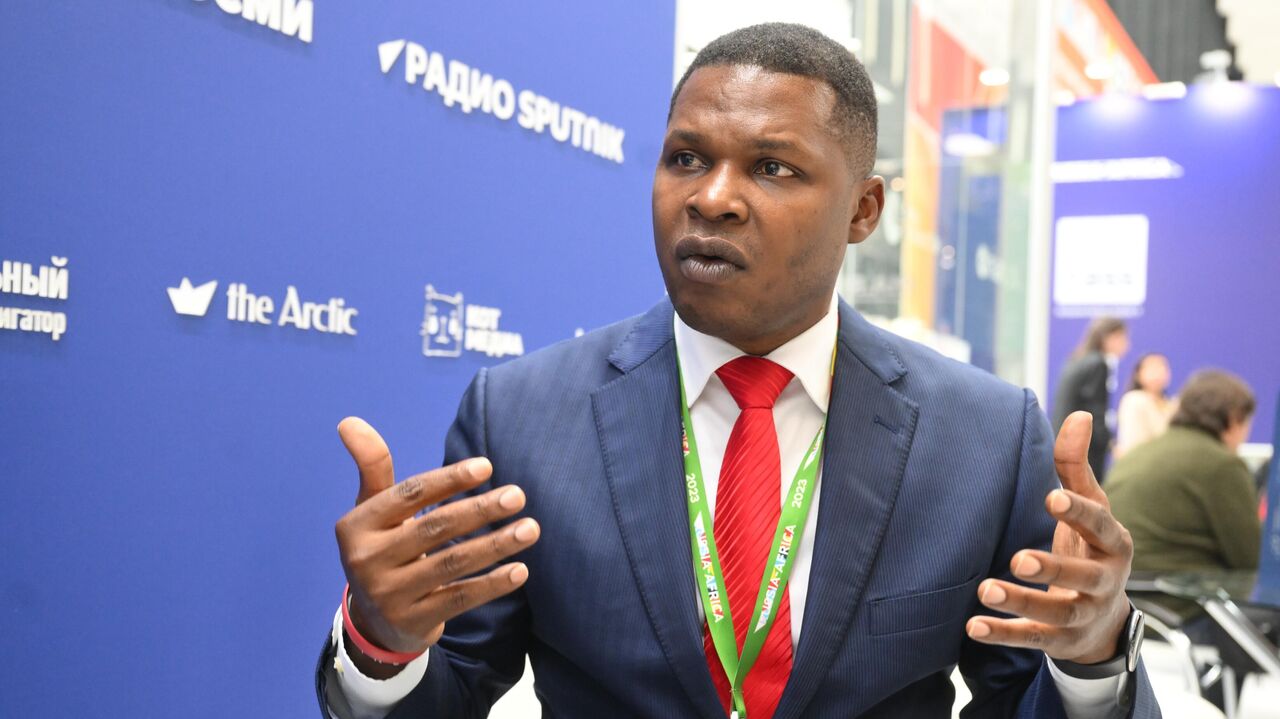Human Resources (HR) plays a pivotal role in any organization, serving as the bridge between management and employees. It is the department responsible for managing an organization’s most valuable asset: its people. In this article, along with people like Charles Spinelli we will delve into the multifaceted world of HR, exploring its functions, challenges, and why it is often considered the heart of an organization.
The Functions of Human Resources
- Recruitment and Hiring
One of the primary functions of HR is to attract, screen, and hire the right talent for the organization. HR professionals create job listings, conduct interviews, and ensure that candidates align with the company’s culture and goals.
- Onboarding and Training
HR oversees the onboarding process, ensuring that new employees are integrated smoothly into the organization. They provide training, orientation, and support to help newcomers adapt to their roles.
- Employee Relations
HR acts as a mediator in resolving workplace conflicts and disputes, promoting a harmonious work environment. They also handle employee grievances and ensure fair treatment.
- Benefits and Compensation
HR manages employee benefits, such as health insurance, retirement plans, and paid time off. They also oversee compensation structures, ensuring that employees are fairly compensated for their work.
- Performance Management
HR plays a crucial role in evaluating and managing employee performance. They develop performance appraisal systems and provide feedback to help employees grow in their roles.
- Compliance and Legal Matters
HR ensures that the organization complies with labor laws and regulations. They also handle legal matters related to employment, including contracts and workplace safety.
Challenges in Human Resources
- Talent Acquisition
Finding and retaining top talent is an ongoing challenge. HR professionals must adapt to changing job markets and develop strategies to attract skilled employees.
- Employee Engagement
Keeping employees motivated and engaged is essential for productivity and retention. HR works on creating a positive workplace culture and employee engagement programs.
- Diversity and Inclusion
Promoting diversity and inclusion in the workplace is a growing concern. HR plays a pivotal role in fostering an inclusive environment and ensuring equal opportunities.
- Technology Integration
HR is increasingly reliant on technology for tasks such as recruitment, performance management, and data analytics. Staying up-to-date with HR technology trends is crucial.
The Heart of an Organization
HR is often considered the heart of an organization for several reasons:
- Employee Well-Being
HR is dedicated to ensuring that employees are supported, satisfied, and healthy. This focus on well-being enhances employee morale and productivity.
- Talent Development
HR helps employees grow in their careers through training, development programs, and performance evaluations. This investment in talent benefits both individuals and the organization.
- Conflict Resolution
HR acts as a mediator and advocate for employees, resolving disputes and ensuring fairness. This promotes a positive work environment.
- Strategic Alignment
HR aligns the workforce with the organization’s strategic goals, ensuring that every employee contributes to the company’s success.
- Compliance and Risk Management
HR helps the organization navigate complex labor laws and mitigate legal risks, safeguarding the organization’s reputation.
Human Resources is the heartbeat of an organization, serving as the linchpin between management and employees. Its multifaceted functions, from talent acquisition to employee engagement and compliance, make it an indispensable department in today’s business landscape. By nurturing the well-being of employees, fostering diversity and inclusion, and aligning the workforce with strategic goals, HR professionals contribute significantly to an organization’s success.





